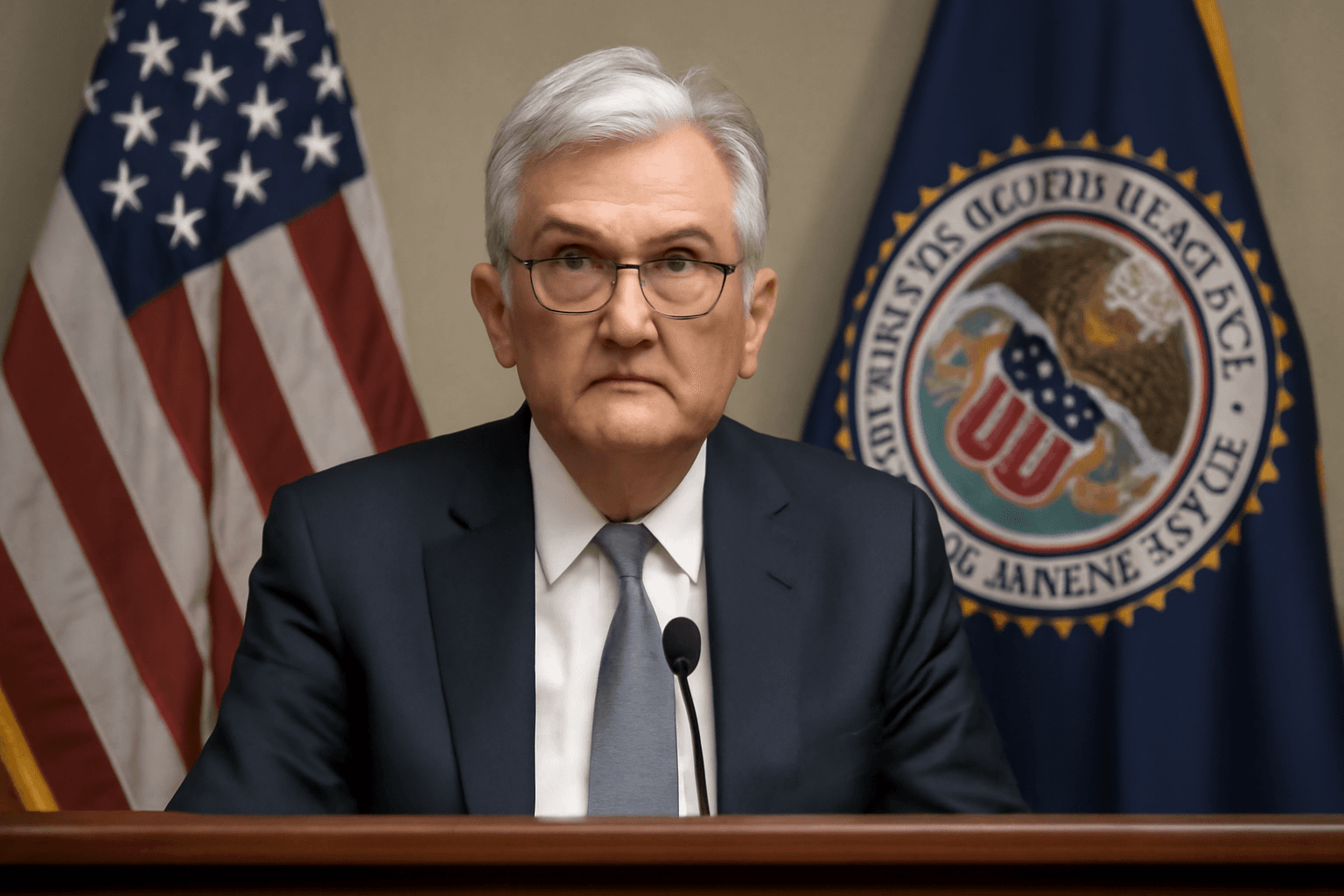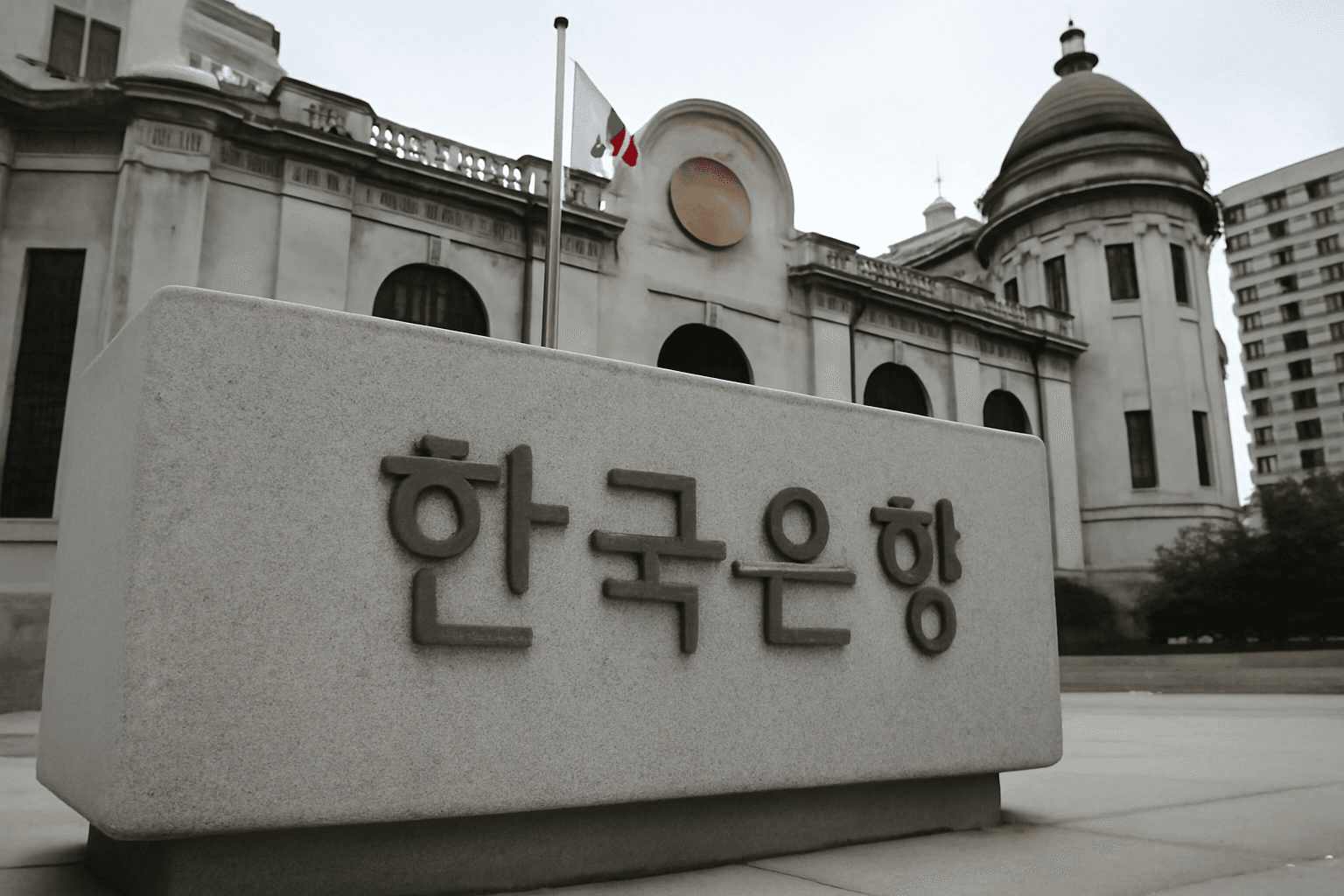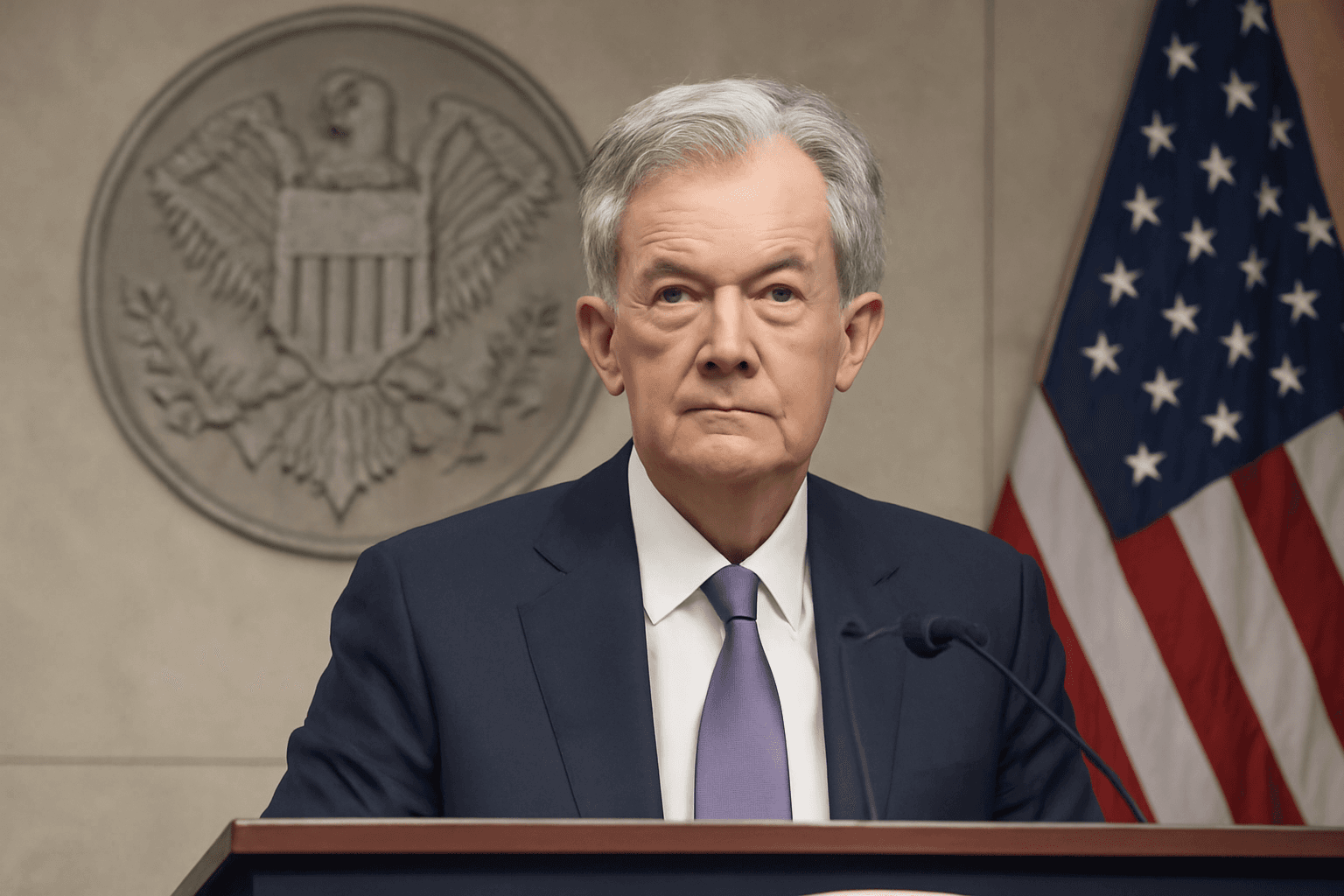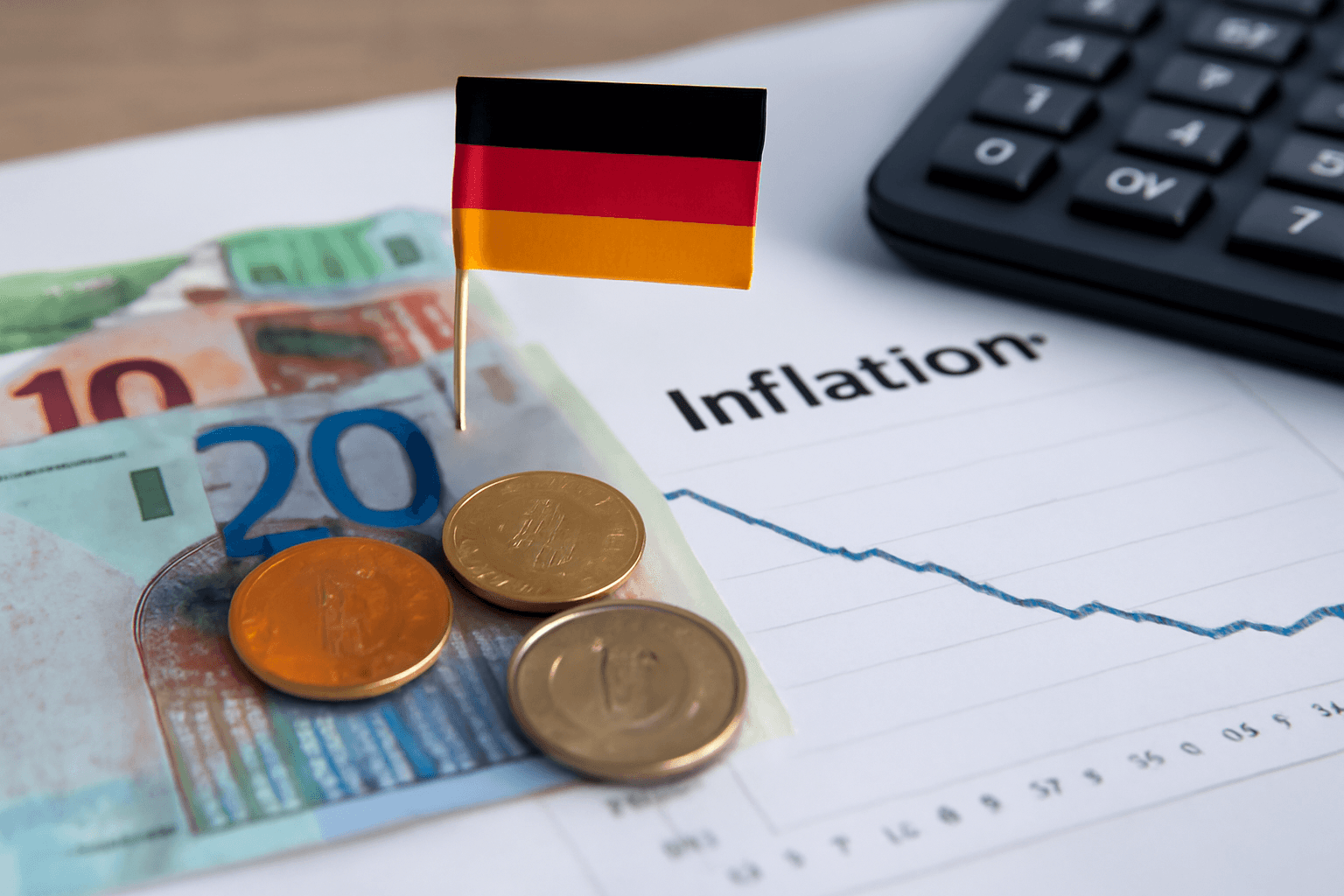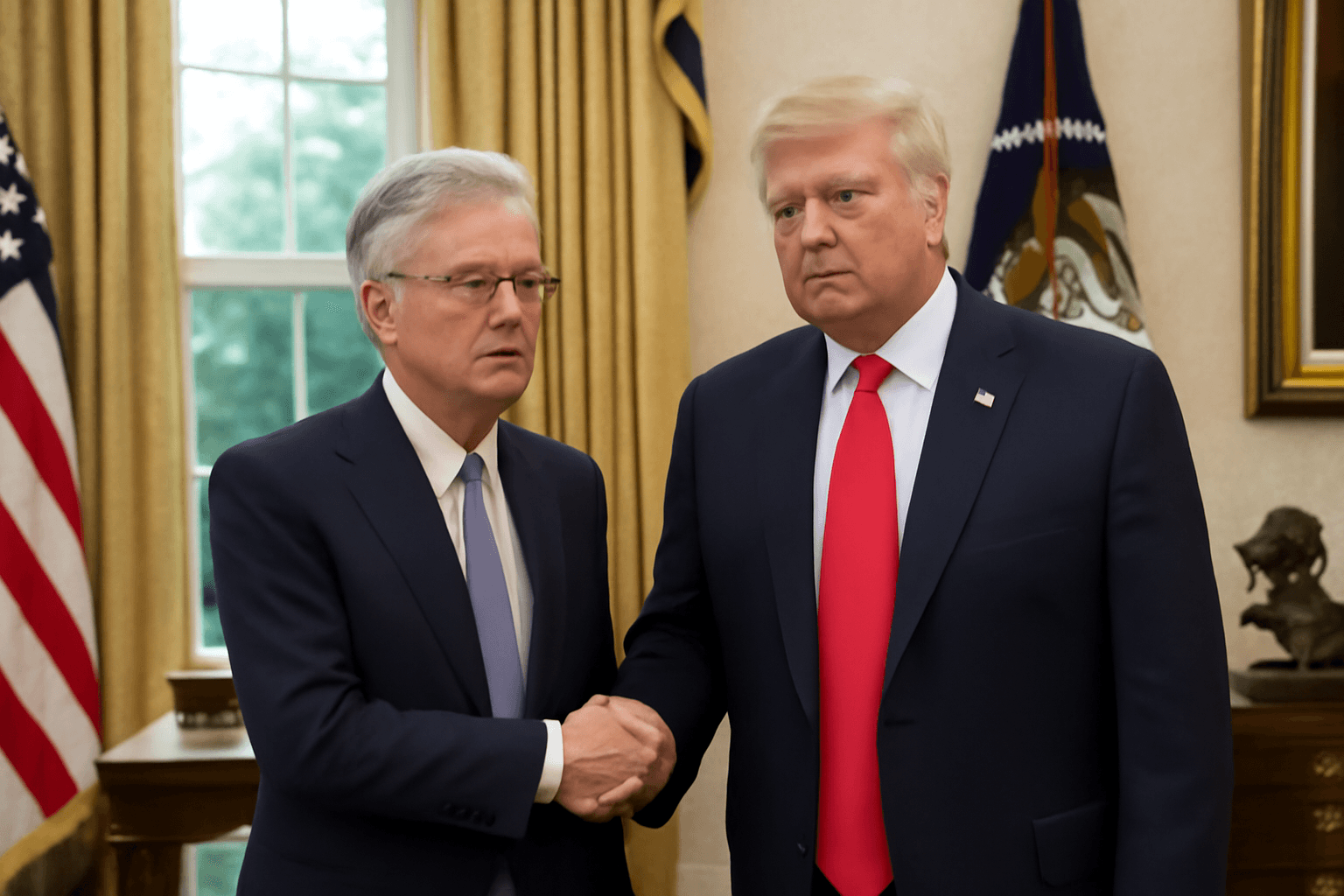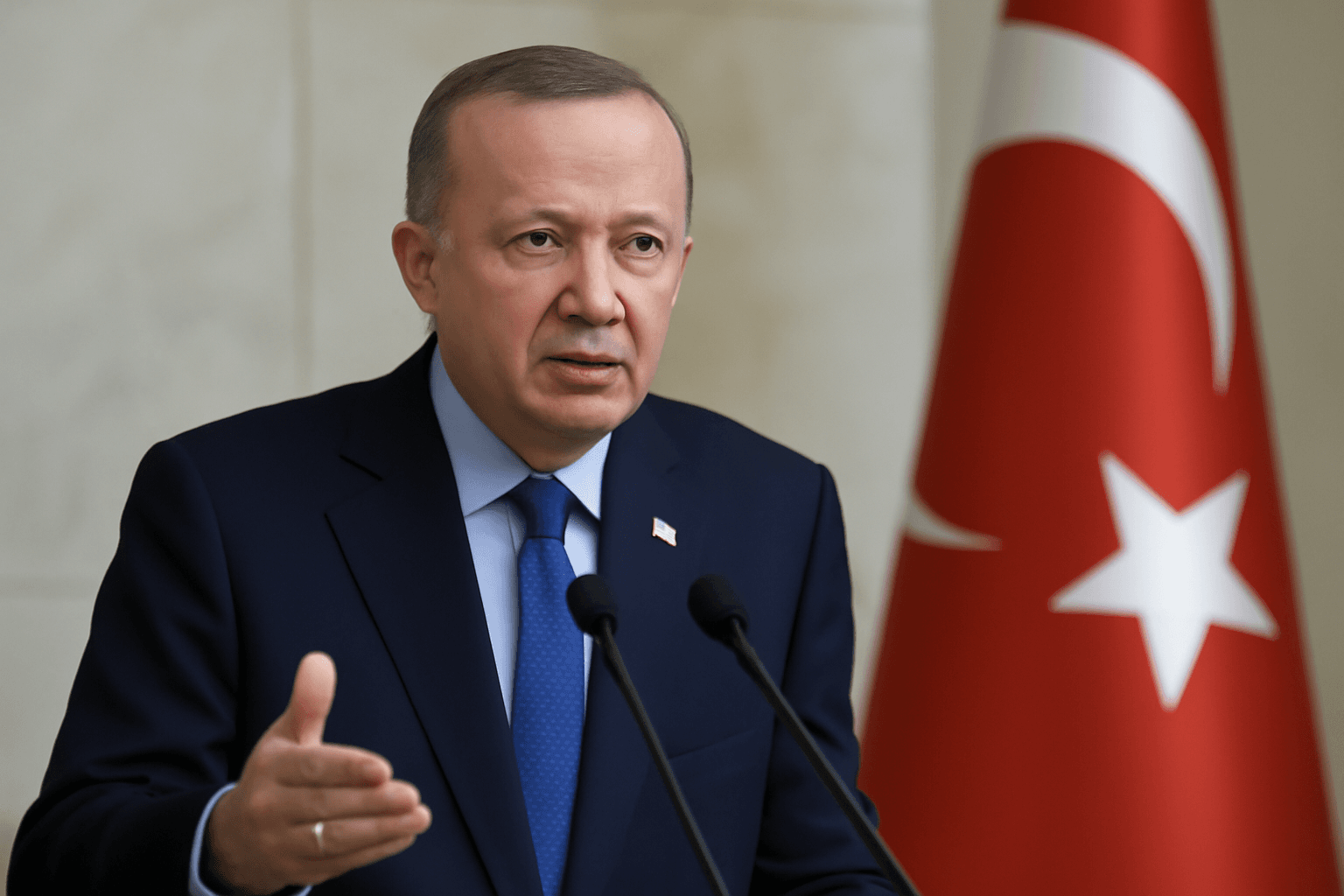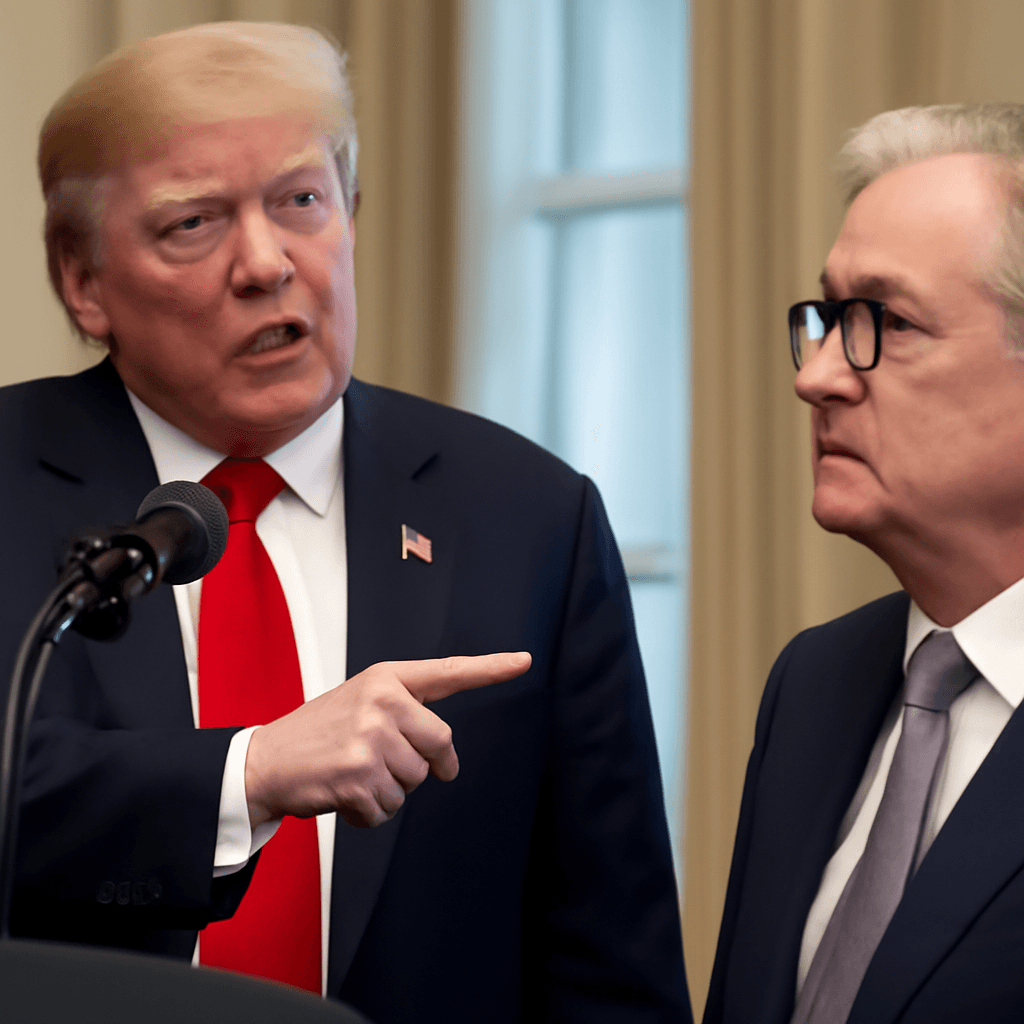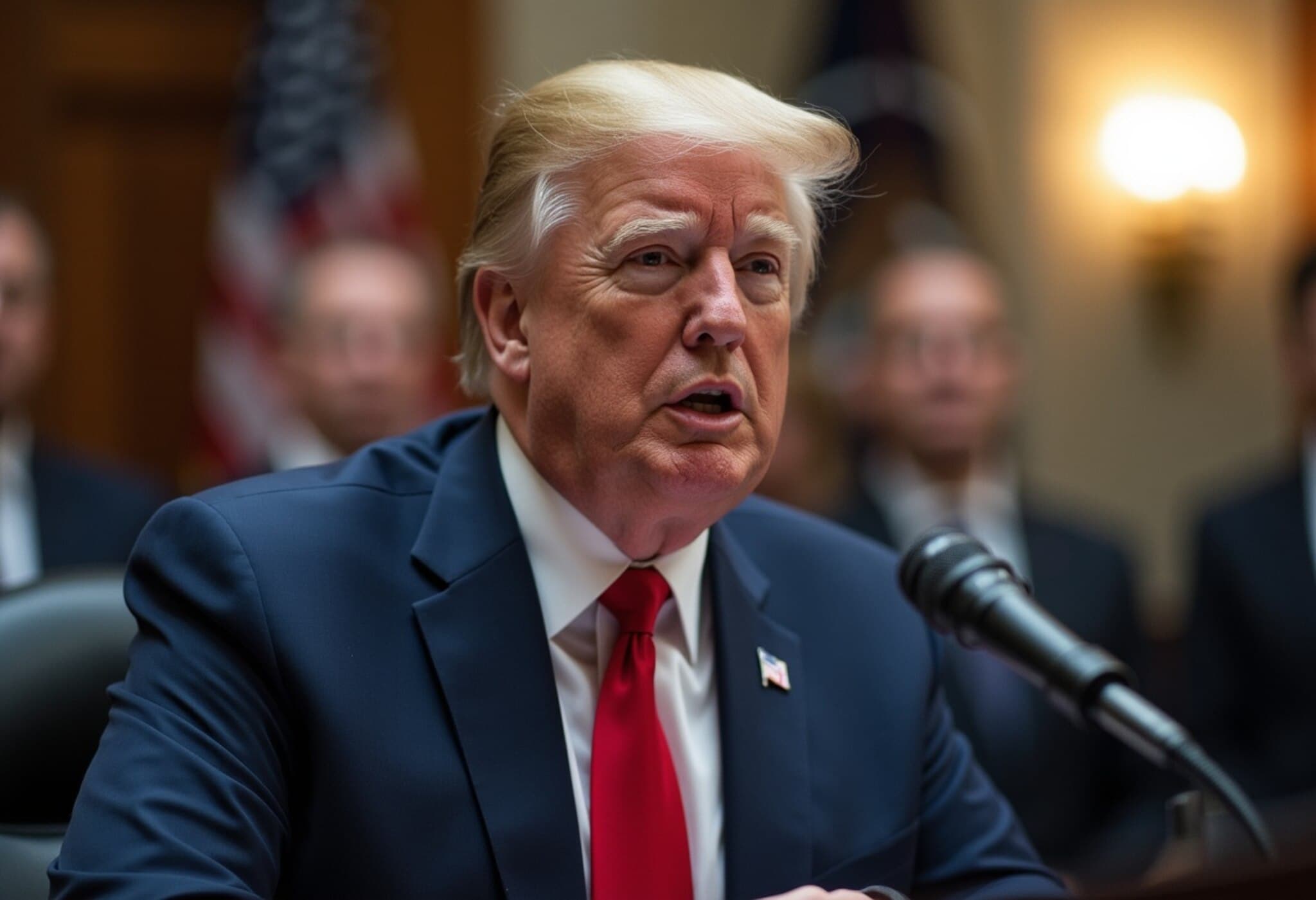Reserve Bank of Australia Pauses Interest Rate Cut, Signals Inflation Watch
In a surprising move that diverged from widespread market anticipation, Australia’s central bank decided to maintain its benchmark interest rate at 3.85% instead of implementing an expected 25 basis point cut. This decision underscores the Reserve Bank of Australia’s (RBA) cautious approach as it seeks additional inflation data before adjusting monetary policy further.
Why Did the RBA Hold Steady?
Economists and market analysts had largely forecasted a reduction in interest rates down to 3.6% to spur growth amid signs of an economic slowdown. However, the RBA emphasized its need to confirm that inflation trends remain on target. According to the bank’s statement, it is awaiting "a little more information to confirm that inflation remains on track to reach 2.5 percent on a sustainable basis." This signals the RBA’s commitment to a data-driven strategy, prioritizing price stability amid evolving economic signals.
Although recent Consumer Price Index (CPI) data suggested inflation might align broadly with forecasts, some monthly indicators showed inflation was slightly higher than expected. This subtle upward pressure complicates the bank’s decision-making as it balances curbing inflation with supporting economic growth.
Economic Context: Inflation and Growth Headwinds
Australia’s inflation rate recently touched its lowest level since October 2024, lingering at a four-year low. Yet, the economy faces headwinds beyond inflation pressures. The nation's GDP growth for the first quarter came in below expectations, with a 1.3% increase versus the anticipated 1.5%, reflecting a cooling economic environment.
Contributing factors to this slowdown include reduced public spending, weakening consumer demand, and faltering exports. These dynamics highlight the delicate tightrope Australia walks, trying to stimulate growth without stoking inflation.
Government Response and Market Reaction
Following the RBA’s announcement, Australia’s Treasurer expressed measured disappointment, noting the decision was “not the result millions of Australians were hoping for or what the market or economists were expecting.” However, he reaffirmed confidence in the country’s progress against inflation and reiterated his government’s efforts to mitigate the cost-of-living pressures that many Australians are experiencing.
Market reactions were swift: the S&P/ASX 200 index dipped by 0.24% shortly after the announcement, while the Australian dollar showed resilience, strengthening by 0.79%. These movements reflect investor caution but also a degree of confidence in the central bank’s vigilance.
Expert Insights: Balancing Act Amid Global Uncertainty
From a policy perspective, the RBA’s decision reflects a broader global pattern where central banks are navigating uncharted waters. Inflation remains a stubborn challenge worldwide, complicated by supply chain disruptions, geopolitical tensions, and shifting labor markets.
For the United States and other economies watching closely, Australia’s pause offers a cautionary tale about premature easing of monetary restrictions. As the Federal Reserve and other policymakers evaluate their own inflation metrics, Australia's experience underscores the importance of patience and precision.
Looking Ahead: What to Watch
- Upcoming Inflation Reports: The next CPI data releases will be critical in shaping the RBA’s future moves.
- Consumer Spending Trends: Will domestic demand revive sufficiently to fuel growth without overheating prices?
- Global Economic Influences: How will ongoing international developments affect Australia’s export-driven economy?
As Australia’s policymakers and markets await clearer signals, the RBA’s cautious stance may prove prudent in steering the economy toward a stable and sustainable recovery.
Editor’s Note
This unexpected hold on interest rates highlights the complexity facing central banks balancing inflation control and economic growth. Australia's experience illustrates the tension between cautious monetary policy and the pressing need to support struggling sectors. It raises critical questions about the timing of policy shifts and the impact on everyday Australians grappling with living costs. Observers should watch for the unfolding inflation data and government responses, which will offer clearer guidance on Australia’s economic trajectory amidst global uncertainty.



